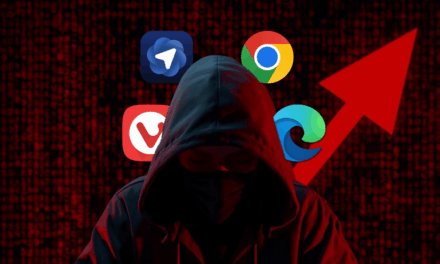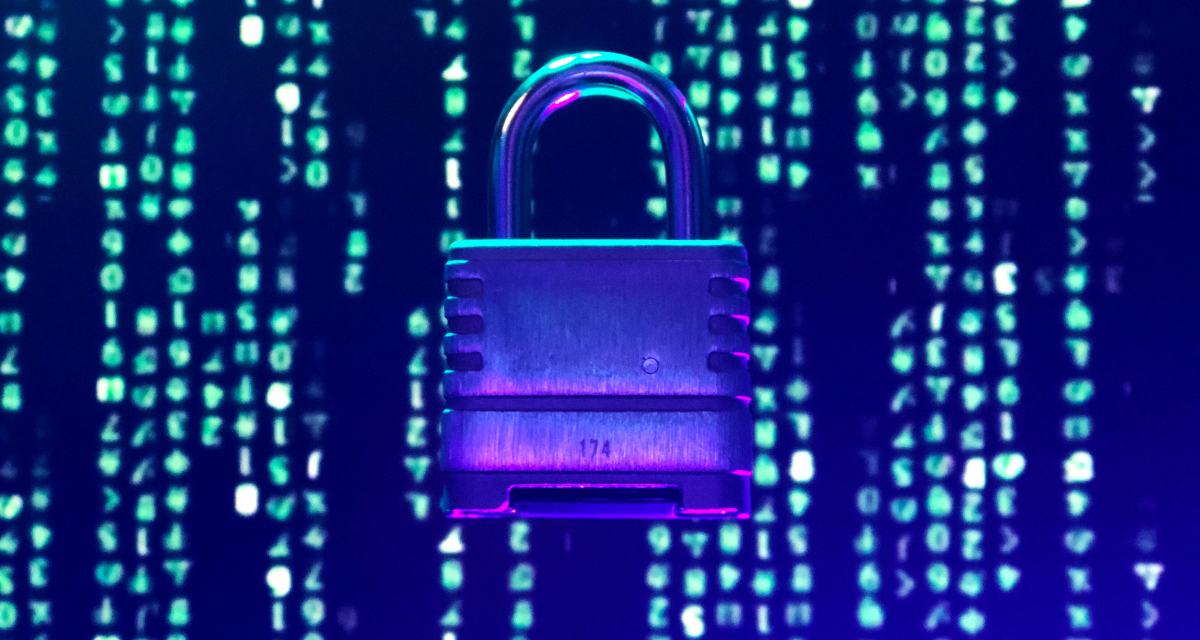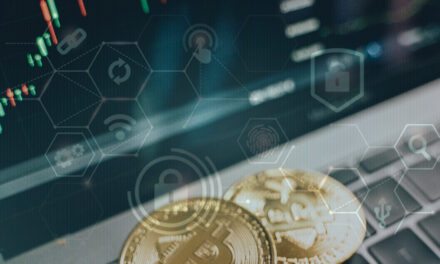Employees trained on phishing-awareness: Check! Corporate cybersecurity systems exhaustively patched: Check! Weakest link: endless critical OS/email vulnerabilities and Zero Days.
In the past two years, the increasing use of generative AI in weaponizing phishing emails (and related attacks) to new heights of sophistication has become a given.
While organizations have gone on to send staff for phishing-awareness training, IT teams have been bolstering corporate email systems with AI-driven defenses.
However, as some recent vulnerabilities in widely-used email client software and operating systems have shown, the weakest link now seems to be the never-ending list of new bugs and critical zero day exploits that expose users of email and office collaboration software to unnecessary phishing risks.
Ironically, in one incident, users that had diligently reported phishing emails in Outlook for investigation, were actually increasing their vulnerability: a bug in the email system had exposed to cybercriminals that the staffs’ email accounts were active.
How system flaws are fueling phishing risks
Here is a short list of critical system vulnerabilities involving email systems that have fueled phishing risks and made attacks even more lucrative and easy for cybercriminals:
- Microsoft Outlook Zero-Click RCE (CVE-2025-21298): A critical vulnerability with a 9.8 severity rating that allows remote code execution when a victim simply opens or previews a specially crafted email. The vulnerability in Windows OLE technology can be triggered by a malicious RTF document, requiring no user interaction beyond viewing the email.
- Google Workspace authentication bypass (2024): This vulnerability allowed hackers to bypass email verification during account creation. Attackers initiated account creation with one email address but authenticated using a different, already verified address. This enabled them to create accounts linked to domains they did not own, and access third-party services through OAuth tokens.
- Microsoft Outlook Form Injection RCE (CVE-2025-21357): With a severity of 7.8, this vulnerability allows uninitialized pointers in Outlook’s form handling to achieve remote code execution. While requiring stolen credentials for full exploitation, it demonstrates how attackers combine phishing with software flaws for lateral movement.
-
Windows NTFS Kernel Exploits (CVE-2025-24991/24993): With a severity of 7.8-8.4 CVSS, this involves memory disclosure and local privilege escalation where NTFS vulnerabilities in Windows 8.1/Server 2012 systems allowed attackers to extract sensitive memory data via malicious VHD attachments, escalate privileges through crafted NTFS images, and bypass ASLR and DEP protections via heap manipulation. Phishing emails with “urgent contract” VHD attachments could trigger automatic mounting to trigger kernel-level exploits. The installation of the PipeMagic backdoor could allow for data exfiltration.
Resilient anti-phishing measures for IT admins
What updated system measures can IT admins implement today to protect users from past, present and future zero day system vulnerabilities and exploits? Persistent resilience is the key, so that the defensive measures can detect, delay and intervene even in crises where the underlying OS and email engines have been compromised:
- Implement Zero Trust architecture: Move beyond perimeter-based security by adopting a “never trust, always verify” approach. Require continuous authentication and authorization for every user, device, and application accessing email systems or corporate networks. Use the appropriate tools to enforce granular policies based on user behavior, device health, and context. Consider deploying methods that constantly verify user identity throughout a session, (not just at login) using a combination of biometrics, behavior analysis, and contextual factors.
- Deploy advanced Endpoint Detection and Response: Install EDR or XDR solutions that monitor endpoints in real-time for suspicious activity, such as unauthorized code execution from phishing payloads. These methods can isolate compromised devices and roll back malicious changes, even when zero day exploits bypass traditional defenses.
- Sandbox unknown attachments and links: Route all email attachments and URLs through a sandbox environment to detonate and analyze them for malicious behavior before delivery. This delays execution of zero day exploits and provides a buffer to identify threats that have been concealed in a sophisticated manner.
- Harden email clients with application whitelisting: Restrict email clients and OS processes to only execute approved applications. This prevents unauthorized scripts or executables (e.g., from CVE-2025-21298) from running, even if a vulnerability is triggered.
- Segment networks and limit lateral movement: Enforce micro-segmentation to isolate email servers, endpoints, and critical systems. If a phishing attack exploits a vulnerability like CVE-2025-21357, attackers will not be able to easily pivot to other parts of the network.
- Enable memory integrity and exploit protection: Leverage OS-level features such as Linux Kernel Self-Protection to block exploitation techniques (e.g., heap manipulation in CVE-2025-24991). These mitigations disrupt common zero day attack chains, even when patches are not available.
- Automate patch management with virtual patching: Use the appropriate tools to deploy virtual patches that shield vulnerable systems until official fixes are available. Couple this with rapid, automated (but pre-tested) OS and software updates to minimize exposure windows.
- Monitor and analyze email traffic with AI: Deploy AI-powered email security gateways that detect anomalies in email patterns, such as subtle AI-generated phishing cues or impersonation attempts, and block them before they reach users. Consider advanced AI systems capable of detecting deepfake audio and video used in sophisticated phishing attempts. This technology can analyze subtle inconsistencies in generated content that even trained staff may miss.
- Backup and encrypt critical data continuously: Use immutable backups and encrypt sensitive email data at rest and in transit. If phishing leads to ransomware or data exfiltration, IT can restore systems without paying attackers or losing confidentiality.
- Conduct Red Team exercises: Simulate AI-driven phishing attacks combined with zero day exploits to test system resilience. Use findings to refine defenses, ensuring they hold up against sophisticated, evolving threats.

















